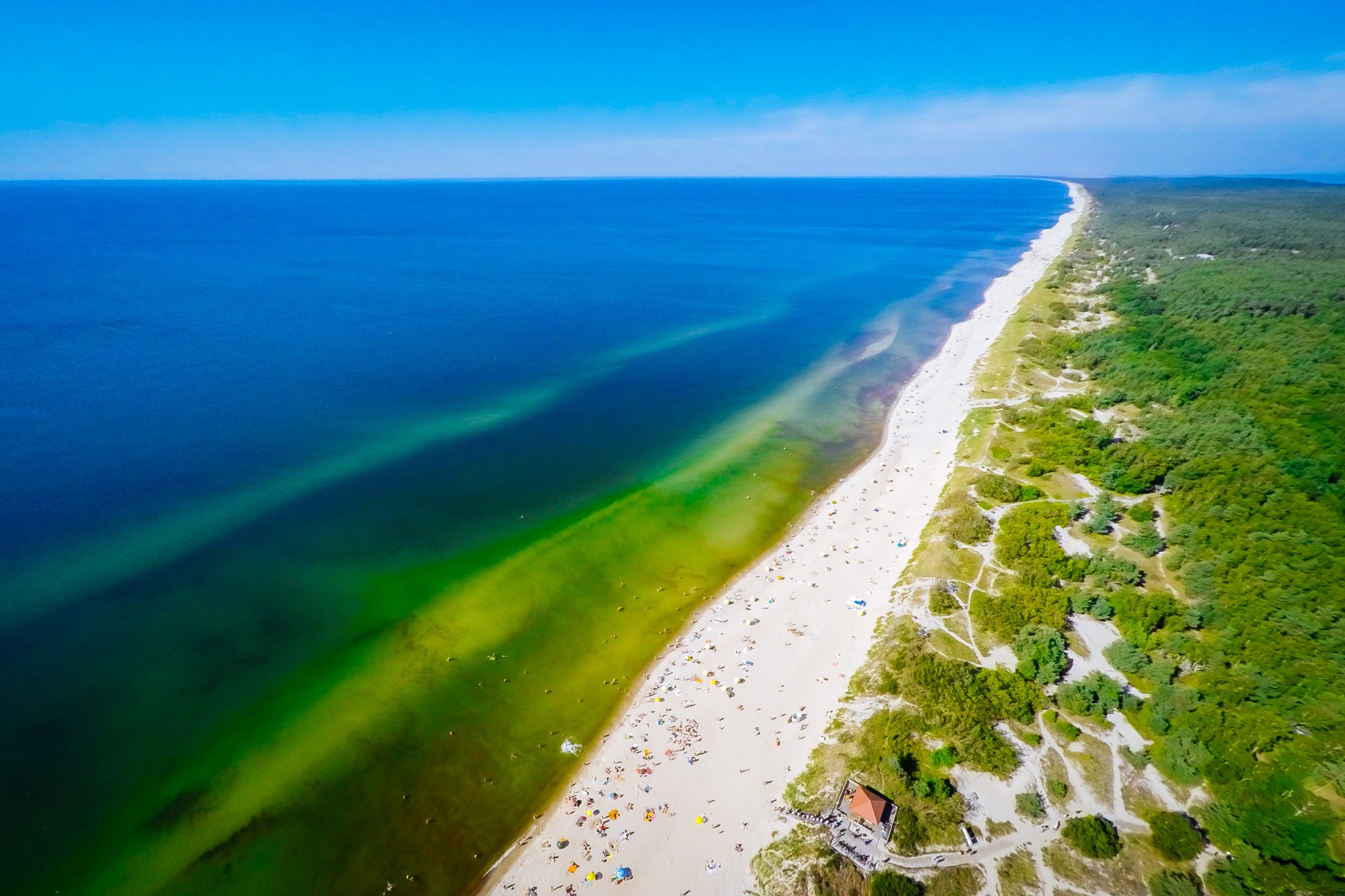
Recommendations for Lithuania
Lithuania is famous for its landscapes, flatlands, abundant forests, lakes and marches and sandy beaches. Here are our favourite places to visit.
Trakai Pilis and Uzutrakis Manor
The castle is famous for its gothic architecture and its special location – it stands on an island on Lake Galve, one of the deepest lakes in Lithuania. You can reach the castle by crossing the long wooden bridge. In the winter the lake freezes over and becomes a natural skating rink.
Užutrakis Manor Park stands in the town of Trakai, 2.8 km to the south-east of the Rykantai-Trakai road on the north-eastern shore of Lake Galvė, on a peninsula between lakes Galvė and Skaistis. The Park comprises a main house, park, outbuildings (stable, spirit distillery, smithy, granary, houses for a watchman, ferryman and gardener, barns and so on). Most of the outbuildings stand in the northern part of the Park.
Nida and the Curonian Spit
Located between the Curonian Lagoon and the Baltic Sea lies the most spectacular strip of moving sand dunes and the quaint fishing village of Nida in Lithuania. A place that’s very special to the ‘lowlanders’ of the country. As well as being a national treasure, the Curonian Spit is also a UNESCO World Heritage Site.
Juodkrante is another cosy, coastal resort town where carvers and blacksmiths have covered the old dune, known as the Hill of Witches, with wooden sculptures of characters from Lithuanian fairy tales and legends.
Preila (pop. 200) and Pervalka (pop. 20) are one-street villages with nothing more but a couple of small restaurants, shops, and some accommodation opportunities. Entertainment there is largely limited to the usual seaside beach, forest hikes, and a few lagoon activities.
Palanga & Klaipeda
The centre of Lithuania’s sea coast, which is nearly 100 kilometres long, is the Palanga resort. It has sandy beaches and attracts people who are thirsty for beach entertainment, but a bit further from the bustle of the resort you’ll find natural beaches of soft sand along the Baltic coast.
Klaipeda is arguably the most historically rich Lithuanian city that still exudes the instantly recognisable German spirit, and differs from the capital Vilnius and the second-largest city Kaunas by its architectural style, buildings, and winding cobbled streets. While life may be a bit slower here, the city’s palpable urban character is best represented by the sound of waves crashing against the pier, and the gorgeous promenades that come to life at night.
The Hill of Crosses
The Hill of Crosses near the city Siauliai is a hill covered with thousands of wooden crosses. During the Soviet era, these crosses were removed by the authorities, but locals continuously replaced them.
In 1993, Pope John Paul II prayed here, and he often mentioned the sacred site in his homilies and speeches. He later sent a crucifix to Lithuania which was placed on the hill, and today pilgrims begin and end their journeys at this location.
Kaunas and Pazaislis Monastery and Church
Kaunas, the second largest Lithuania‘s city, which has the authentic spirit of the country‘s national character. Visit it’s charming Old Town, connected to the 19th century New Town ranged along Laisves aleja, one of the longest pedestrian streets in Europe for some of the best cafes (try Spurgine). Along Laisves you will also see the large St. Michael the Archangel Church, which is a Russian Orthodox Church formerly used by the Soviet army.
Close to Kaunas Pazaislis Monastery is quite possibly the most romantic place in Lithuania. A genuine baroque diamond from the 17th century, the monastery was built by the affluent, influential and religious Pacas family.




